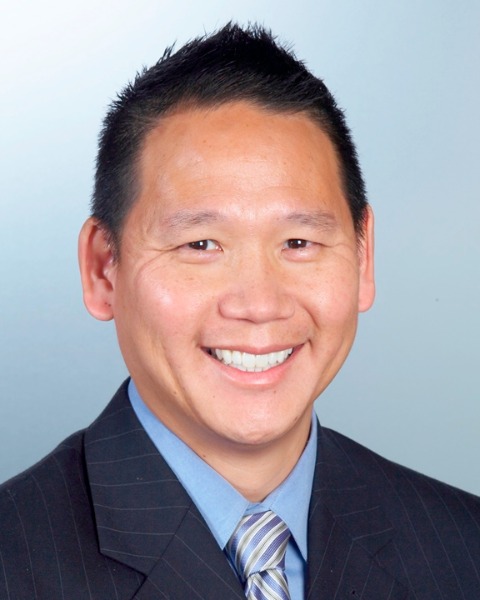Back

Emerging Speakers - Friday AM
FEJM1 - Unintended Tooth Movements in Aligner Therapy
Friday, July 21, 2023
8:00 AM – 9:00 AM PDT
Sponsored By

AGD Subject Code: 370- Orthodontics
Course Type: Lecture
Bundle Fee: $120
Course Type: Lecture
Bundle Fee: $120

James Mah, DDS, DMSc, MS, BS
Los Angeles, California
A common assumption in aligner therapy is that teeth not planned for movement in the treatment setup will not receive orthodontic forces from the aligners and, therefore, will remain stationary. While this assumption is reasonable, clinical reports of unintended tooth movements are beginning to appear in the literature. In other words, teeth that are not planned for movement are found to have shifted. Subsequently, several research groups have provided in vitro and clinical evidence to support and explain this unusual phenomenon.
This evidence-based lecture will focus on unintended tooth movements and present recommended solutions to mitigate this complication of aligner therapy. At the conclusion of this presentation, participants will have a better understanding of the phenomenon and be aware of strategies to avoid or minimize it.
This evidence-based lecture will focus on unintended tooth movements and present recommended solutions to mitigate this complication of aligner therapy. At the conclusion of this presentation, participants will have a better understanding of the phenomenon and be aware of strategies to avoid or minimize it.
Learning Objectives:
- Be aware of unplanned tooth movements in aligner therapy.
- Understand possible reasons why unplanned movements may occur.
- Understand how aligner design can impact these unplanned movements.
- Know strategies to avoid or minimize unplanned tooth movements.

.png)